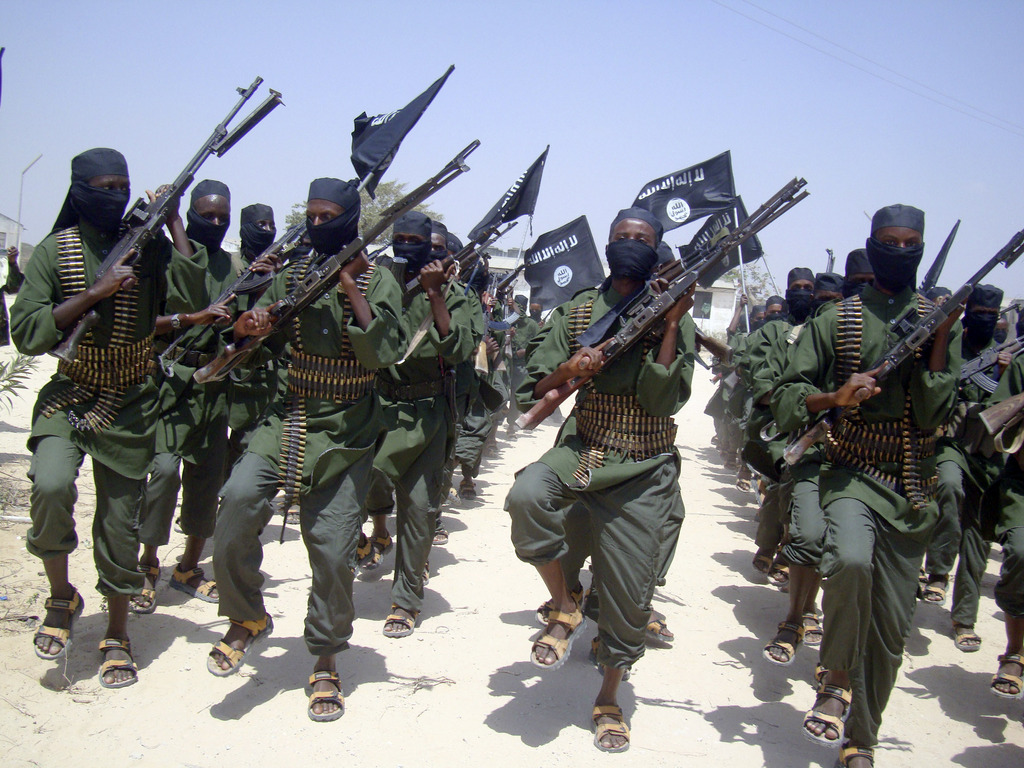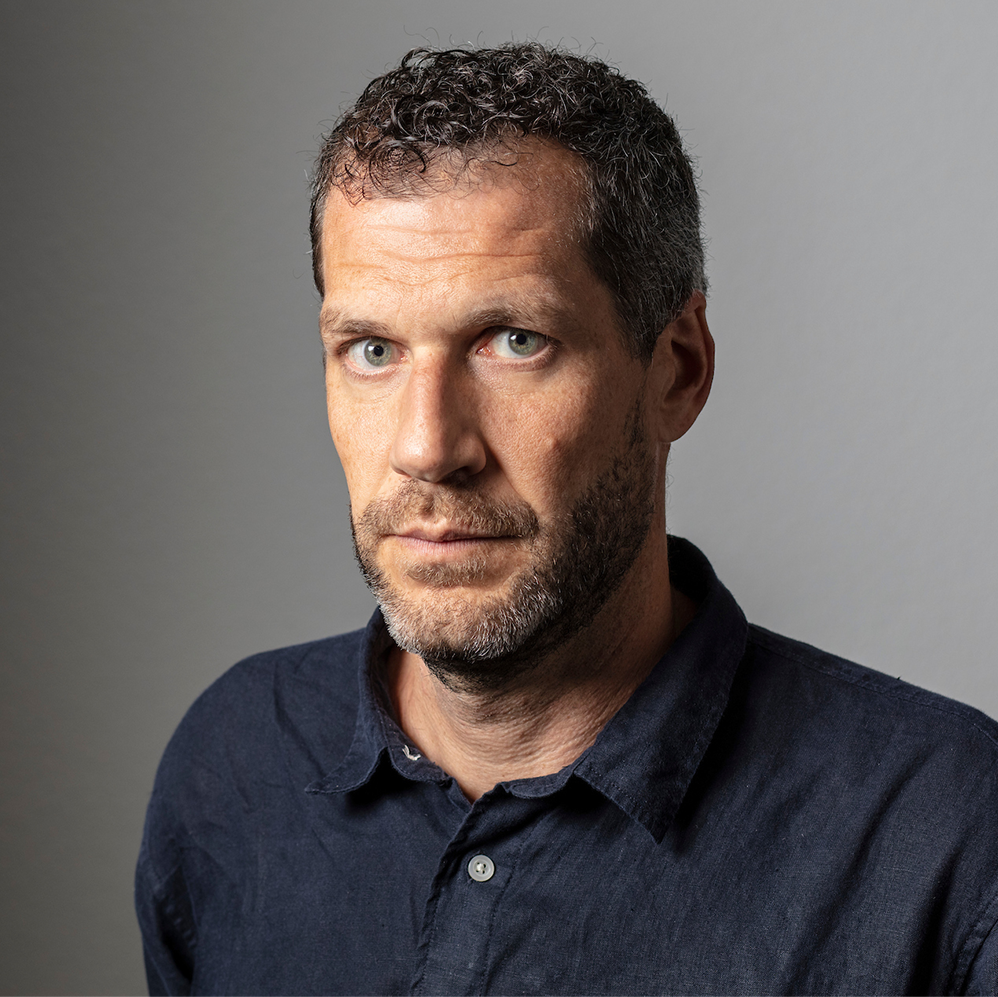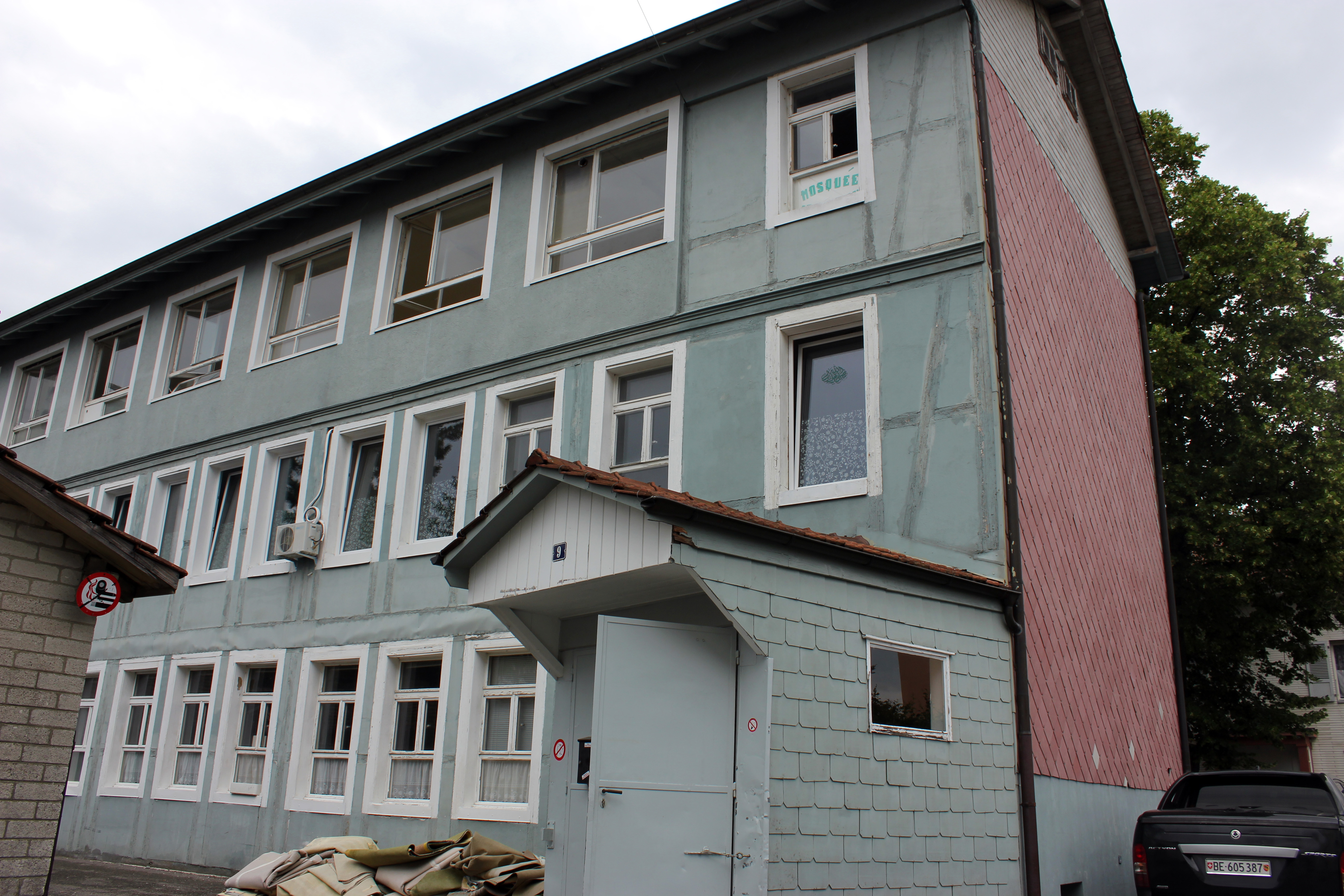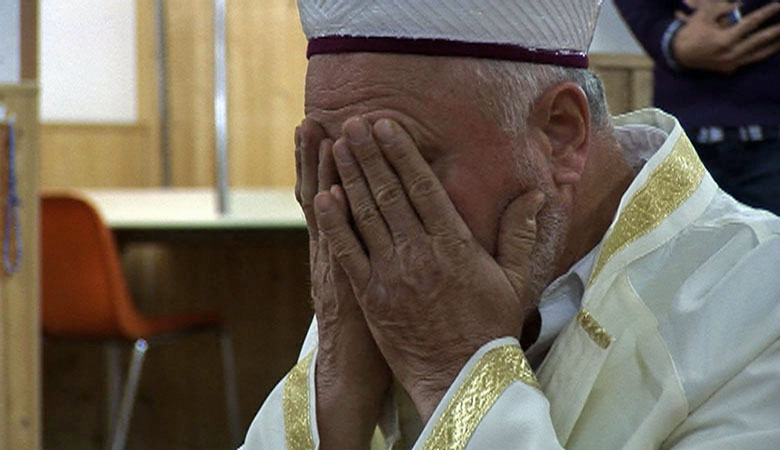Tracking jihadists in Switzerland

Swiss intelligence services have observed an increase in the number of trips made out of Europe for jihadist purposes, with the internet playing a central role in radicalising young people confused by Western society.
Many unanswered questions remain, but the arrest in Kenya of a 19-year-old student from Biel has shaken the Swiss city in canton Bern and especially the Muslim community, which makes up almost ten per cent of the 50,000 inhabitants.
The student, known only as M.N., was charged with having joined a jihadist movement in Somalia.
“The whole community’s in shock,” said Khalid Ben Mohamed, an imam at the Errhamen mosque.
Described as friendly, reserved and studious by his classmates, M.N. has vehemently denied since his arrest any links to the Shabab, the Somalia-based cell of the militant Islamist group al-Qaeda.
M.N., who has Jordanian origins but who has lived since his childhood in Biel, disappeared suddenly in February 2011 and has yet to give a detailed explanation of his movements and motives.
But lacking proof, the Kenyan authorities have dropped the charges of aiding and abetting a terrorist organisation. Nevertheless, the Swiss government considers him a security risk and has not allowed him to return to Switzerland until further notice.
“There is clear evidence that this person has spent time in regions of Somalia frequented by jihadist groups implicated in a conflict,” said the Swiss justice ministry, justifying its decision.
Online propaganda
The case of M.N. comes almost a year after the SonntagsZeitung newspaper revealed the death in Iraq – in 2006 – of a young man with the nom de guerre “Abu Saad the Tunisian”.
Switzerland’s intelligence services have confirmed that the man died in combat, during a United States antiterrorist operation.
Like M.N., Abu Saad lived in Biel and regularly attended the Arrahman mosque, described as the most conservative and most politicised of the town’s eight Muslim prayer centres.
“He was a young man who didn’t stand out,” confirmed Ben Mohamed. One day, however, he announced his intention to travel to Iraq. “I advised him not to go.”
Like the Swiss authorities, Ben Mohamed believes Abu Saad radicalised himself by watching propaganda videos online before leaving for Syria, where he is thought to have been recruited by an al-Qaeda cell in Iraq.
Self-radicalisation theory
Stéphane Lathion is coordinator of a research group into Islam in Switzerland. He confirms that, in Europe, radicalisation is generally “within small groups that have broken off from the Muslim community”.
He emphasises that there doesn’t necessarily have to be a recruiter in the country of departure since the internet can easily play that role.
“That’s the real novelty,” he said. “Besides, one mustn’t underestimate the power of fascination provoked by videos on the Web, even among people lacking any sort of knowledge of the Koran.”
The theory of self-radicalisation is questioned, however, by Sylvain Besson, a journalist at the Geneva-based newspaper Le Temps and a specialist in Islamist terrorist networks.
According to experts whom he consulted, no Western volunteers can join al-Qaeda without being introduced to it by people in a position of trust, who sometimes canvass in well-established mosques.
Disappearances
In 2010, Alain Pichard, a Biel teacher and politician well integrated in Islamic circles, publicly criticised the disappearance of three local young men who had left for radical Koranic schools abroad.
“The first one came back a total fanatic,” he said. “The second, Abu Saad, died in Iraq; the third, M.E., a young Kurd, was mentally wrecked by the experience.”
M.E. told Pichard how future soldiers were placed in certain Koranic schools by jihadist recruitment networks.
Besson believes “the social, family and cultural environment plays a significant role in the conditioning of these young men”.
He added it was no coincidence that almost two-thirds of recent cases linked to Islamist terrorism which involve Switzerland have come from the same town.
“In Biel there’s a small core of radical Islamist refugees,” he said.
Attack on Switzerland?
These two cases are not isolated, if one believes the report for 2012 published by the Swiss intelligence services, which “have observed an increase in the number of trips made in Europe for jihadist purposes”.
The intelligence services cannot say with certainty that the number of trips from Switzerland have increased, but they claim to have evidence that around ten people “previously resident in Switzerland are currently in jihadist regions with a view to participating in conflicts, notably in Somalia, Afghanistan or Pakistan”.
Some experts believe the influence of Salafist jihadism has been reduced by the death of Osama bin Laden in May 2011, the breakdown of al-Qaeda networks and the Arab Spring uprisings.
This armed Salafism attracted many young Western Muslims – sometimes converts – after the 9/11 attacks and the wars waged by the US in Afghanistan and Iraq.
The Federal Police Office (fedpol) remains on its guard, not ruling out the risk of an attack in Switzerland by an individual or individuals who might have undergone terrorist training abroad.
“There is also the risk in Switzerland of a Merah case,” said Jean-Luc Vez, head of fedpol, referring to the French citizen of Algerian origins who killed seven people in Toulouse in March. “We’re not living on an island.”
In its annual report published on June 21, 2012, the Federal Police Office (fedpol) confirmed that suspected jihadists continued to use Switzerland as a base for supporting Islamist groups by placing propaganda and incitements to violence on the Web.
Six experts have been employed specifically by the Swiss government to keep an eye on jihadism on the Web. Several lines of inquiry have begun based on their findings.
In Germany it was reported that an investigation was opened into a Swiss who converted to Islam. He is suspected of plotting a terrorist attack on an American institution in Germany and possibly of building explosives. There was no strong evidence against him and so the man was freed.
“When it comes to extremist ideologies, only jihadists use the internet so intensively,” wrote the intelligence services in its 2012 report.
According to the intelligence services, hardcore al-Qaeda and its networks spread anti-Western propaganda via the internet calling on activists to carry out jihad attacks in the countries where they live, and alleviating the need for supporters to go to combat zones such as Afghanistan. It is harder to identify such isolated cases.
There is a low threat of terrorism in Switzerland, according to the intelligence services in 2012. However a dozen people have been clocked heading toward jihadist camps and there are unconfirmed reports they have returned.
Preventative surveillance of radical and Islamist networks remains a challenge. Under current law, the Swiss intelligence services cannot tap telephones or do surveillance of homes without an official order.
The cabinet will put out to consultation a project on this issue to boost prevention, the defence ministry announced in May.
(Adapted from French by Thomas Stephens)

In compliance with the JTI standards
More: SWI swissinfo.ch certified by the Journalism Trust Initiative




You can find an overview of ongoing debates with our journalists here. Please join us!
If you want to start a conversation about a topic raised in this article or want to report factual errors, email us at english@swissinfo.ch.